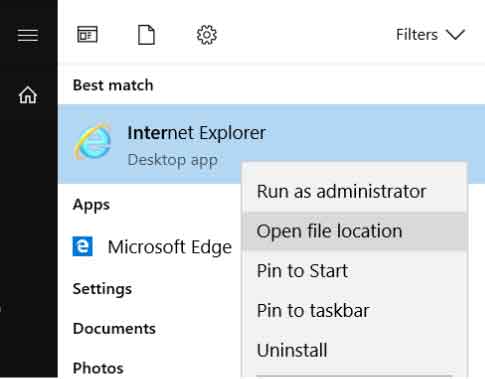

On Windows 7 with IE11, it's a different story - there is still a single option like IE10 because the AppContainer Integrity Level for sandboxing is not available on Windows 7. You don't need to check "Enable Enhanced Protected Mode" like you had to for IE10 to get 64-bit processes. But only enabling "Enable 64-bit processes for Enhanced Protected Mode" seems to turn on 64-bit processes.


Internet Explorer 11 made another change on 64-bit Windows 8.1. It has two separate options now on the Advanced tab - "Enable Enhanced Protected Mode" and "Enable 64-bit processes for Enhanced Protected Mode". Thereafter, you must close all IE processes and restart the browser to make all processes 64-bit. Conversely, to enable 64-bit IE, you must go to Internet Options -> Advanced tab and check the option "Enable Enhanced Protected Mode" under the Security section. If Enhanced Protected Mode is enabled, then IE enables 64-bit tab processes. IE10 introduced a new feature called Enhanced Protected Mode. Regardless of whether you open IE from Program Files or Program Files (x86), this is the case. However in Internet Explorer 10, Microsoft made a change - the browser frame process is always 64-bit in IE10 and above but the tab processes are 32-bit by default. In the Task Manager of 64-bit Windows, you can see which IE processes are 32-bit from the Processes tab. From IE6 all the way till IE9, you could open 32-bit IE from C:\Program Files (x86)\Internet Explorer\IExplore.exe and 64-bit IE from C:\Program Files\Internet Explorer\IExplore.exe. The first 64-bit version of IE was Internet Explorer 6, included in the 64-bit edition of Windows XP.


 0 kommentar(er)
0 kommentar(er)
